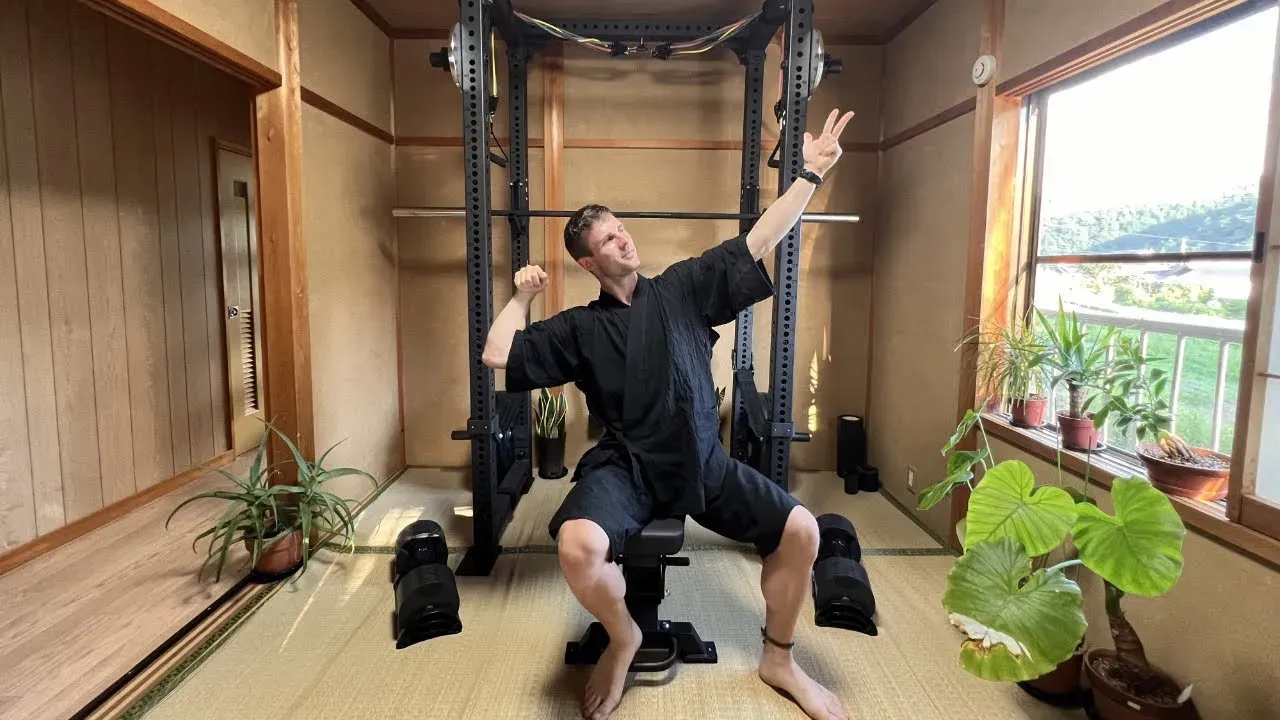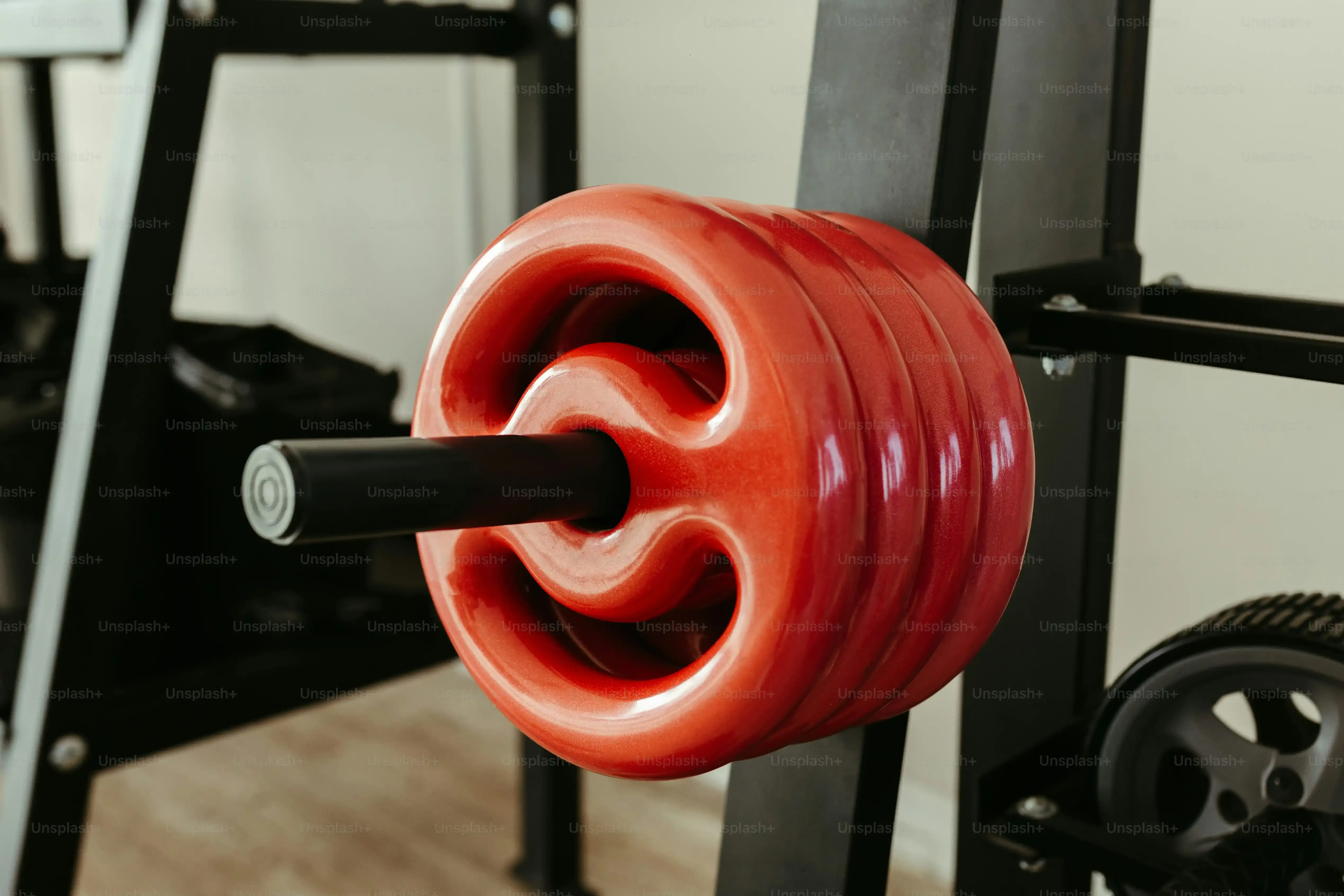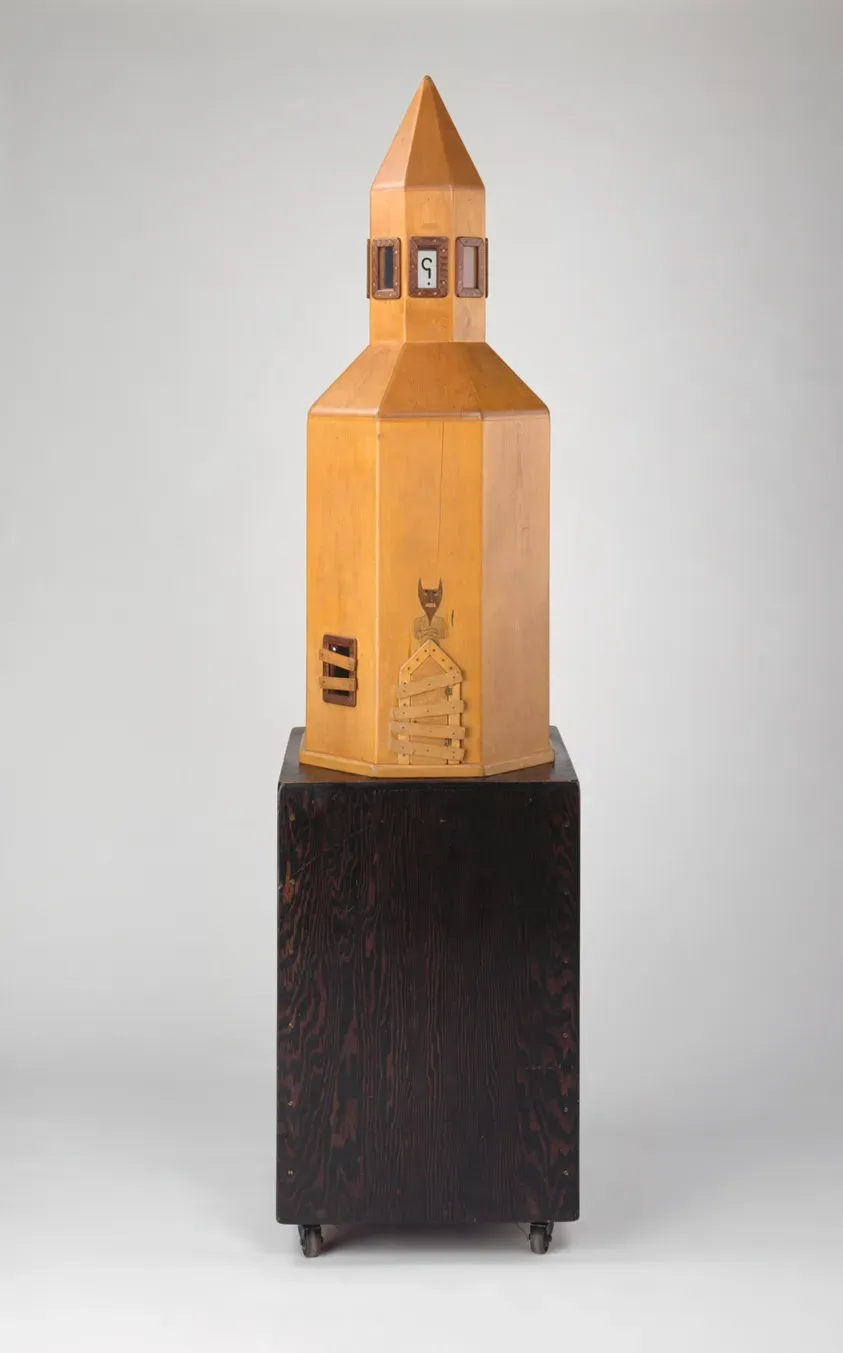Table of Contents
Tired of navigating crowded gyms or finding yourself short on time after a long day? Maybe the commute just feels like another workout you didn't ask for. For many living in Japan, the dream of a convenient, personal fitness space at home seems like the perfect answer. But if you’ve started looking, you’ve likely hit the first hurdle: finding decent home gym equipment Japan has to offer isn't always straightforward. It's not like every corner store stocks heavy-duty power racks or durable Olympic bars.
Why Build a Home Gym in Japan?
Why Build a Home Gym in Japan?
so you're thinking about ditching the public gym hustle in Japan and setting up your own space. Smart move. Let's be real, navigating packed gyms during peak hours feels less like working out and more like an obstacle course. Plus, the commute time? That's time you could actually spend lifting, stretching, or just recovering. Having your own home gym means you train when you want, how you want, without waiting for that one guy doing 50 sets of curls on the squat rack. It’s about reclaiming your time and tailoring your environment precisely to your goals, whether that's getting stronger, building muscle, or just staying sane with some physical activity on your own terms. Think about it: no more awkward stares, no more questionable hygiene practices from strangers, just you and your equipment getting the work done.
Finding Quality Home Gym Equipment Japan
Finding Quality Home Gym Equipment Japan
Why Finding Quality Gear is a Challenge Here
so you're sold on the idea of a home gym. Now comes the fun part: actually buying the stuff. If you've poked around online or in stores, you've probably noticed it's not like hitting up a big box sporting goods store back home (assuming 'home' isn't Japan). Finding truly durable, reliable home gym equipment Japan offers can feel like a bit of a treasure hunt. You see a lot of options, but separating the solid steel from the flimsy stuff that's barely held together with hopes and dreams is key. Some local brands exist, but their quality can be... inconsistent, to put it mildly. And importing heavy gear? That's often an exercise in logistics and inflated shipping costs, not to mention potential customs headaches. You need equipment that feels stable when you're pushing heavy weight, not something that wobbles like a cheap plastic table. It's about safety and longevity, not just checking a box.
What to Look for Beyond the Price Tag
When you're sifting through options for your home gym equipment in Japan, you really need to look past the glossy pictures and the initial price. For a power rack, check the steel gauge – thicker is better, obviously. Does the bench feel solid when you sit on it, or does it have that unnerving give? For barbells, look at the knurling – is it aggressive enough for grip but not so sharp it shreds your hands? Are the sleeves smooth for plate loading? With plates, consistency in weight is important, not just the number stamped on them. Don't be afraid to dig into reviews, especially from people who actually lift heavy. This isn't just about buying some weights; it's about building a safe and effective training environment that will last. You don't want to replace gear every couple of years because you went for the cheapest option.
Here's a quick checklist for evaluating equipment quality:
- Steel Thickness/Gauge (especially for racks, benches)
- Weld Quality and Finish
- Stability and Weight Capacity Ratings
- Knurling (for barbells)
- Smoothness of Moving Parts (pulleys, sleeves)
- Overall Build Materials (avoid excessive plastic on load-bearing parts)
Where to Buy Your Home Gym Equipment in Japan
Where to Buy Your Home Gym Equipment in Japan
Online Retailers: The Wild West of Weights
Alright, so you've decided what kind of gear you need. Now, where do you actually click "buy"? The internet is your most likely starting point for home gym equipment Japan offers. Amazon Japan is an obvious choice, packed with everything from resistance bands to full squat racks. Just be warned, the quality varies wildly. You'll find legitimate brands next to no-name stuff that looks like it was welded in someone's garage with a coat hanger. Rakuten is another massive platform, similar to Amazon, with a huge range but the same quality roulette. Then there are smaller, dedicated fitness equipment sites. Some are run by Japanese companies, others are essentially drop-shippers. The key here is diligent research. Read reviews, but look for detailed ones from people who actually *use* the equipment, not just unboxing videos. Sometimes a killer deal online turns out to be a flimsy disappointment once it arrives.
Specialty Shops and Japanese Brands (Handle With Care)
Beyond the online giants, you might find some brick-and-mortar sports stores or online shops focusing specifically on strength training. Brands like Body Maker pop up frequently, especially in physical stores. My personal take? Approach Body Maker with extreme caution, particularly their benches and racks. I've seen benches that feel like they're made of cardboard and racks that sway more than a boat in a storm. It's the kind of stuff that makes you question your life choices mid-set. Muscle Art is another name you might encounter; while their website looks like it's from the dial-up era, some of their equipment is reportedly better quality than Body Maker, though still not exactly top-tier global standard. Finding a true specialty store with high-quality, commercial-grade equipment for home use is rare in Japan, and if you do, prepare your wallet for impact.
Here's a quick look at some places you might check, and what to expect:
Platform/Store | Pros | Cons | Notes |
|---|---|---|---|
Amazon Japan | Huge selection, fast shipping often | Quality varies wildly, hard to judge without reviews | Read reviews carefully, especially for larger items. |
Rakuten | Large selection, points system | Similar quality issues to Amazon, navigation can be tricky | Check seller reputation. |
Body Maker | Physical stores available, visually appealing sometimes | Questionable quality on critical items (benches, racks) | Okay for accessories, maybe, but exercise caution. |
Muscle Art | Some users report decent quality for the price | Website is outdated, limited physical presence | Harder to find reviews, seems hit or miss. |
Hunting for Used Home Gym Equipment in Japan
Don't discount the used market when searching for home gym equipment Japan residents are selling. Platforms like Mercari or Jimoty (think Craigslist for Japan) can sometimes yield gold. People move, lose interest, or upgrade, and you might snag decent quality gear for a fraction of the new price. I once found a solid set of adjustable dumbbells on Mercari for a steal because the seller was moving overseas. The downside? It requires patience and persistence. You have to constantly check listings, be ready to act fast, and sometimes deal with awkward meetups or shipping logistics for heavy items. Plus, you're buying "as is," so inspect thoroughly if possible. It's not glamorous, but it can save you significant cash if you're lucky and persistent.
Making Your Home Gym Equipment Japan Setup Work
Making Your Home Gym Equipment Japan Setup Work
Space is King (and Often Small)
you've navigated the maze of finding decent quality home gym equipment Japan offers, maybe scored a few good pieces. Now comes the reality check: setting it up in your Japanese abode. Unless you're living in a mansion (and if so, can I visit?), space is probably your biggest constraint. My first home gym setup here was crammed into a tiny spare room that barely fit a squat rack. You have to get creative. Measure your space meticulously before buying anything large. Think about the footprint of equipment not just when it's in use, but also how it can be stored or folded away if possible. Vertical space is your friend – can you use wall mounts for plates, bars, or even resistance bands? Every square centimeter counts, so plan your layout like you're playing a high-stakes game of Tetris with iron.
Essential Gear for Limited Space
When space is tight, you can't just buy everything. You need to prioritize versatile pieces for your home gym equipment Japan setup. Adjustable dumbbells are a lifesaver, replacing dozens of fixed-weight pairs. A good quality adjustable bench is crucial – it allows for flat, incline, and decline work without needing multiple benches. Resistance bands are portable and offer a surprising range of exercises. If you can swing it, a power rack is ideal for safety and exercise variety, but even a sturdy pull-up bar (doorway or wall-mounted) and some gymnastic rings can provide a solid upper body and core workout. Don't clutter your space with single-use machines unless you have room to spare and a very specific need. Focus on compound movements and versatile tools.
What gear gives you the most bang for your buck in a small space?
- Adjustable Dumbbells
- Adjustable Bench
- Resistance Bands
- Pull-up Bar (Doorway or Wall)
- Kettlebells
- Barbell and minimal plates (if space allows for lifting)
Flooring and Noise Control: Don't Be That Neighbor
Dropping weights directly onto a wooden or tiled floor in Japan is a surefire way to make enemies with your downstairs neighbors, or worse, cause structural damage. You absolutely need proper flooring protection. Heavy-duty rubber mats are essential, especially in areas where you'll be lifting or potentially dropping weights. Puzzle piece foam mats are okay for bodyweight or lighter dumbbell work but won't cut it for heavy deadlifts or cleans. Consider horse stall mats if you can find them – they're durable and relatively inexpensive for the protection they offer. Noise is another factor; controlled movements are key, but soundproofing mats or denser rubber flooring can help absorb impact noise. Be mindful of the time of day you're training, too. Nobody wants to hear your enthusiastic grunts and clanging plates at 6 AM on a Sunday.
Making Your Home Gym in Japan a Reality
So, you've navigated the maze of finding quality home gym equipment in Japan. It wasn't always simple, and you likely learned that some brands are best avoided unless you enjoy assembling furniture that wobbles more than a Tokyo earthquake. But with a bit of research, knowing where to look – beyond the most obvious online retailers – and a clear idea of what you actually need versus what looks cool on Instagram, building a functional home gym here is achievable. It requires patience and perhaps a willingness to buy used, but the payoff is a workout space tailored to you, free from gym crowds and commute times. Now, the only excuse you have left is yourself.